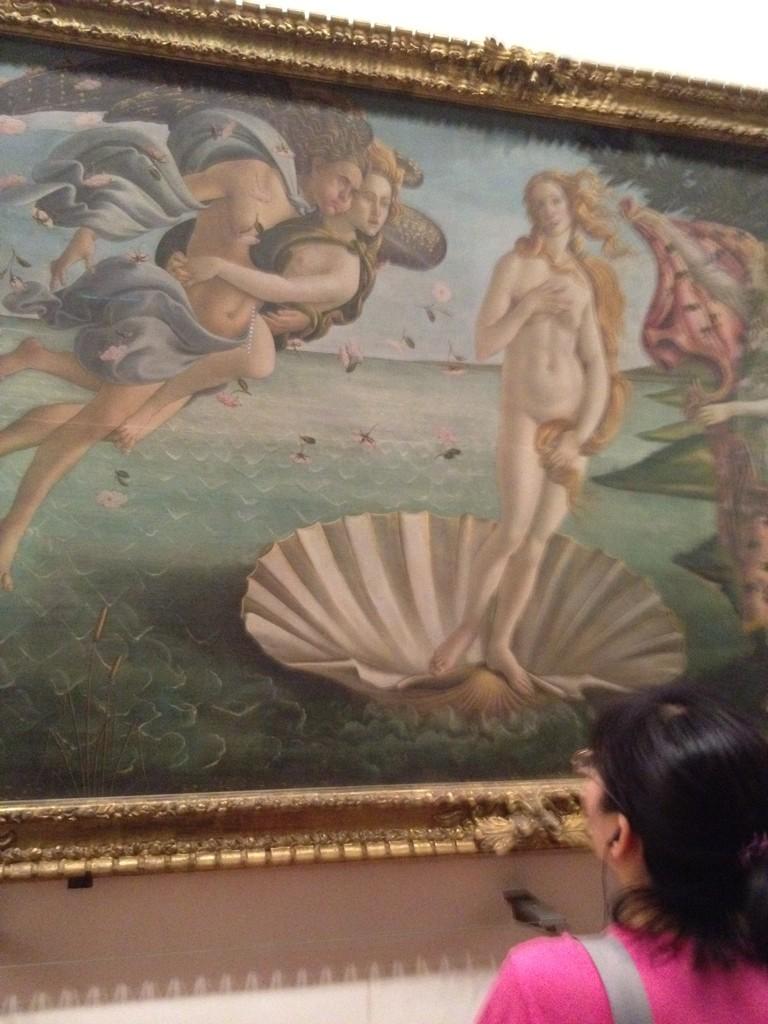| Leonardo da Vinci http://www.123rf.com |
Leonardo
da Vinci was commissioned by Dominican friars to paint Last Supper
in the refectory of the church of Santa Maria delle Grazie in Milan.
In the painting, Jesus and his twelve disciples sit at a long table
in a large room. Vasari stated that Leonardo “had imagined and
succeeded in expressing the suspicion the Apostles experienced when
they sought to discover who would betray their master.” Leonardo
was the quintessential “Renaissance man” and a true
artist-scientist. His paintings benefited greatly from his
scientific investigations and innumerable interests. To prepare for
the painting, Leonardo read the Gospel story carefully and studied
human figures using live models. He painted each figure to express a
certain charge and emotion. According to Vasari, the disciples'
“faces show their love, fear, and indignation, or, rather, sorrow,
over being unable to grasp Christ's meaning.” Leonardo used his
great knowledge about the world to create a psychologically complex
painting.




